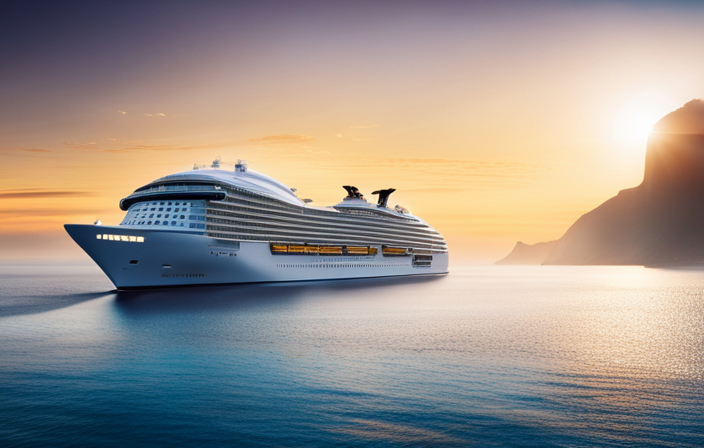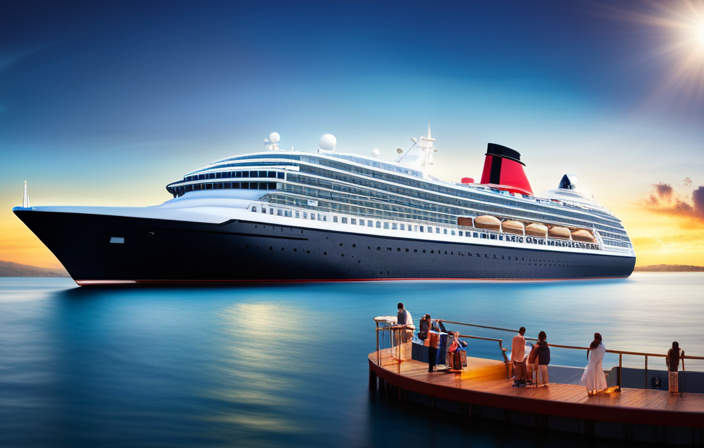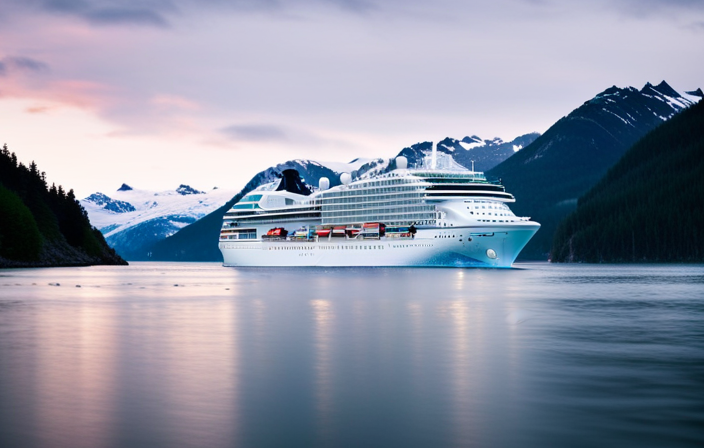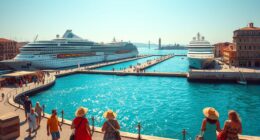Hello! Have you ever been curious about the intriguing history and purpose of the nautical knot? Get ready to embark on a voyage through history as we explore the origins and importance of this essential maritime unit of measurement.
The nautical knot is not just any ordinary knot, my friend, but a clever way for sailors to determine the speed of a cruise ship. You see, a nautical knot is equivalent to one nautical mile per hour, a measurement that stretches a bit further than your typical land-based mile.
Its name harkens back to the 17th century when sailors used a device called a common log, counting knots between the ship and a piece of wood to calculate speed. This method gave birth to the term ‘knot’ that we still use today.
So, join me as we unravel the intriguing history and embrace the true meaning behind the nautical knot. Anchors aweigh!
Key Takeaways
- The nautical knot is a measurement of speed for cruise ships.
- It originated in the 17th century when sailors used a device called a common log to calculate speed.
- The knot measurement allowed sailors to navigate the oceans and became synonymous with speed in the maritime world.
- The international nautical mile was established in 1929, and the knot is universally recognized and used in maritime operations.
The Fascinating History
I find the history of the nautical knot to be quite fascinating, especially how sailors in the 17th century coined the term ‘knot’ based on their method of measuring speed using a common log.
The origins of the knot can be traced back to this unique way of calculating speed at sea. The sailors would lower a device called a common log into the water, which consisted of a log attached to a rope with knots. They would then count the number of knots that passed through their hands within a specific time frame. This method provided them with an estimate of their speed.
The significance of this measurement cannot be understated, as it allowed sailors to navigate the vast oceans and ensure the safe passage of their ships. The term ‘knot’ has since become synonymous with speed in the maritime world, and the history behind it serves as a testament to the resourcefulness and ingenuity of sailors from centuries past.
Measurement and Calculation
Calculating speed and distance at sea requires a unique unit of measurement known as the knot, which is equivalent to one nautical mile per hour. The importance and applications of nautical knot measurements cannot be overstated in maritime navigation.
Before the invention of modern technology, sailors relied on various methods to determine their speed. One such method was the common log, a device consisting of a log with rope and knots. Sailors would lower the log into the sea and count the knots between the ship and a piece of wood to calculate their speed. This method was widely used in the 17th century and its accuracy was deemed sufficient for navigation purposes.
Over time, the common log was replaced by more sophisticated instruments, but the term ‘knot’ remained, becoming the standard unit of speed measurement in the maritime industry. The evolution of speed measurement techniques in maritime navigation reflects the ingenuity and resourcefulness of sailors throughout history.
Standardization and Adoption
The standardization and adoption of the knot as a unit of speed measurement in maritime navigation has greatly facilitated accurate and consistent speed calculations across the industry.
This standardization has not been without its challenges, as different countries had slightly different measurements before the international nautical mile was established in 1929. The United States and the United Kingdom, for example, adopted the international nautical mile at different times. However, once the international standard was in place, it had a global impact.
The adoption of the knot as a standard unit of speed measurement allowed for seamless communication and collaboration among sailors and navigators from different countries. It eliminated the confusion and inconsistencies that existed before, making maritime navigation more efficient and reliable.
Today, the knot is universally recognized and used in maritime operations worldwide.
Frequently Asked Questions
How accurate were the common log and knot method in measuring speed?
The common log and knot method were reasonably accurate for navigation in the 17th century. However, there were limitations due to factors like currents and wind, which could affect the accuracy of the speed measurements obtained using this method.
Did sailors in the 17th century use any other methods to measure speed apart from the common log?
Sailors in the 17th century used various tools to measure speed, including the chip log and the Dutchman’s log. These alternative methods provided additional ways to calculate the ship’s speed, complementing the common log and knot method.
What were the slightly different measurements of the nautical mile used by the UK and US before the international standard was adopted?
Before the international standard was adopted, the UK and US had slightly different measurements of the nautical mile. The importance of standardization led to the adoption of the international nautical mile in 1954 by the US and in 1970 by the UK.
Why did it take the UK until 1970 to adopt the international nautical mile?
The UK adopted the international nautical mile in 1970 because they were using a different measurement system before. The accuracy of the nautical mile measurement and the use of other speed measurement methods in the 17th century were factors in this decision.
Are there any other units of measurement used in maritime navigation apart from the nautical mile?
Yes, there are other units of measurement used in maritime navigation apart from the nautical mile. Some examples include the fathom, which measures depth, and the league, which measures distance. However, the nautical mile is the standard and most widely used unit due to its advantages in accuracy and consistency.
Meet Asra, a talented and adventurous writer who infuses her passion for exploration into every word she writes. Asra’s love for storytelling and her insatiable curiosity about the world make her an invaluable asset to the Voyager Info team.
From a young age, Asra was drawn to the power of words and their ability to transport readers to far-off lands and magical realms. Her fascination with travel and cultures from around the globe fueled her desire to become a travel writer, and she set out on a journey to turn her dreams into reality.











